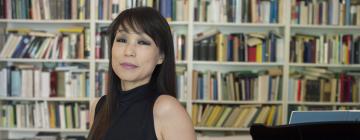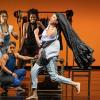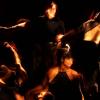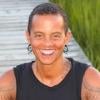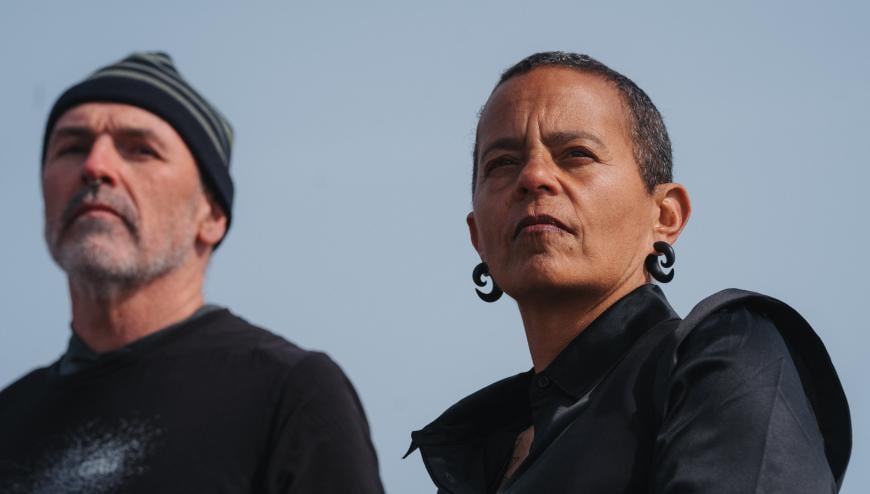
Separately, Sarah Crowell and Keith Hennessy have been creating performances that encompass dance, theater, politics, and activism for more than three decades in the San Francisco Bay Area. Now, the two choreographers have teamed up and will be showing their first live joint creation, Tell, this weekend (Dec. 8–10) at Dance Mission Theater. They consider it more an offering than a show, more an invitation to participate in a community experience of racial healing through guided movement and facilitated discussion than an artistic work to be consumed from the comfort of your seat.
The two artists confess that, amazingly, the project came from an outside source. In 2020, they were brought together during COVID by Gabriel Diamond to make a short film, The Space Between Us. Hennessy says it was “about ‘How do we learn to trust each other? How do we cross lines of difference, especially racial difference, find a way to be together, and share the world together?’ It’s quite intimate, and we’re asking and answering questions to each other and then dancing our responses.” Crowell and Hennessy wanted to expand these ideas into a live performance after COVID, and “instead of it being two individuals,” Hennessy muses, “there’s two teams of dancers, Black and white, and [the question was] ‘How would you do that?’”
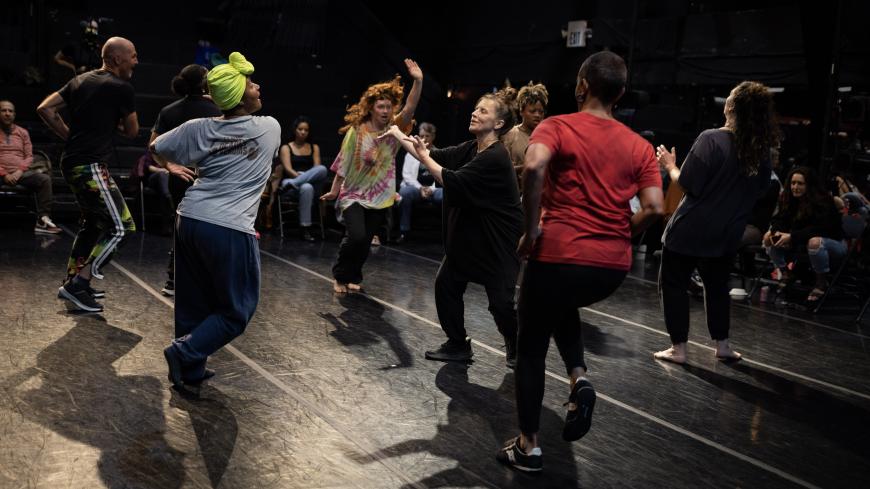
As they began working, Crowell recalls, “the questions asked were ‘What would be required for you to feel safe? And what do I need to do to feel safe?’ Very simple questions with big answers. Slowly over the course of a full day, we looked in a deep way into the answers and [started] to answer them verbally.” Crowell and Hennessy also started to invite others to join the process. Hennessy asked three white dancers — Larry Arrington, Ainsley Elizabeth Tharp, and Shaunna Vella — while Crowell brought in three Black dancers — Samara Atkins, Amber Julian, and Sheila Russell. All six are accomplished performers and creators in their own right.
The dancers started meeting regularly over the course of the last year, at first in their own groups, then later combining. The first time all eight met was at the Destiny Arts Center in Oakland, where Crowell is artistic director emeritus. “There was a lot of reverence in the way that we walked into the space together,” Crowell remembers. “We built an altar with images of our ancestors, and we introduced ourselves like that, instead of as an intellectual exercise. We did a holding of spiritual energy from the ancestors, and then we danced for each other. We had a lot of agency, a lot of generosity in the way that we danced for each other. The theme was to lead with healing and to lead through movement.”
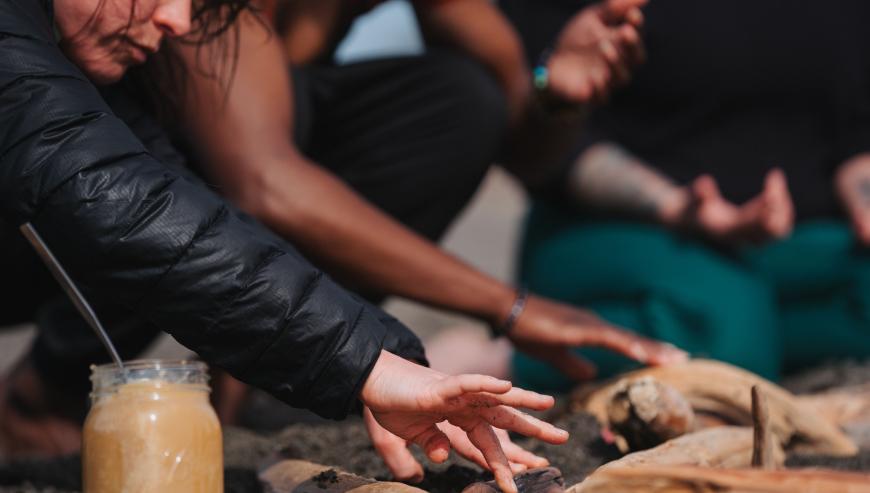
Even more important, says Hennessy, “there was a real intention from the get-go to not make a piece about racism, or even a piece about anti-racism, but move into this space where the question is ‘What is racial healing? What’s comfortable?’ And it was quite clear that already from our political perspectives, we didn’t think that we could get away from healing for ourselves. ‘Everyone’s in it together, but what steps can we take?’ Both of those [realizations] have guided the work now for the year of being together. People today are thinking about the current political moment and how easy it is to activate people. As soon as you start talking, they know what side you’re on, and they know if they are safe or in danger. And I think what we’ve tried really hard to do [is develop] a process that also leaves a tenderness.”
“This process is about falling into love,” Crowell emphasizes, “the [same] way we talk about falling in love. How do we fall into love with someone next to us or with a group? And I really do think we did with our dancers. This group fell into love with each other. We’re also constantly lifting up a sense of loving where you come from, loving who you are, loving yourself. And [in the process of creating this piece,] the conditions for falling into love were created for people who didn’t know each other at all.”
